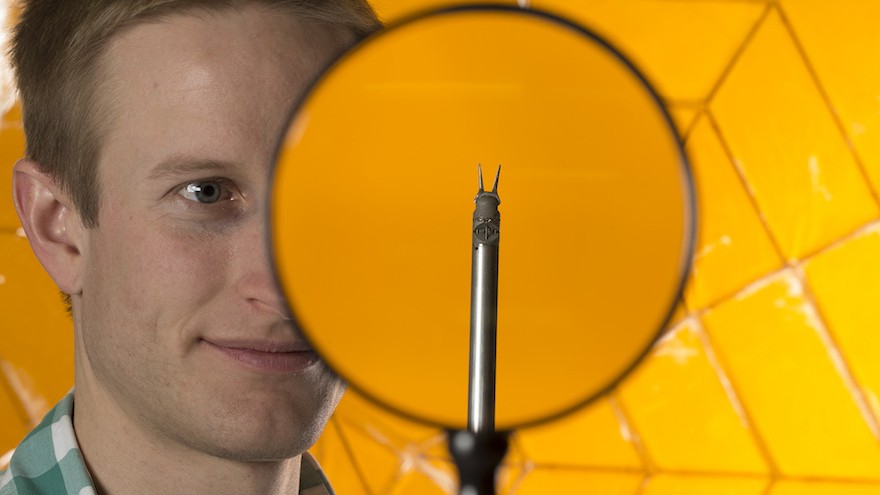Inspired by a need for increasingly smaller surgical tools, researchers at the Brigham Young University (BYU) have combined the ancient art of origami with engineering. The result is a set of surgical tools so small that an incision could heal on its own, without sutures.
“The whole concept is to make smaller and smaller incisions,” said mechanical engineering professor Larry Howell. “To that end, we’re creating devices that can be inserted into a tiny incision and then deployed inside the body to carry out a specific surgical function.”
Howell and fellow mechanical engineering professor Spencer Magleby are famous for their innovations with origami. Now, they’re working alongside professor Brian Jensen and university students to bring origami to the operating table.
According to an article published on BYU’s website, innovations in surgical technology stagnated after the industry discovered it could not make smaller pin joints and other parts. But, by relying on the quality inherent in origami to create motion, the researchers were able to do away with these parts completely.
“These small instruments will allow for a whole new range of surgeries to be performed—hopefully one day manipulating things as small as nerves,” Magleby was quoted as saying. “The origami-inspired ideas really help us to see how to make things smaller and smaller and to make them simpler and simpler.”










